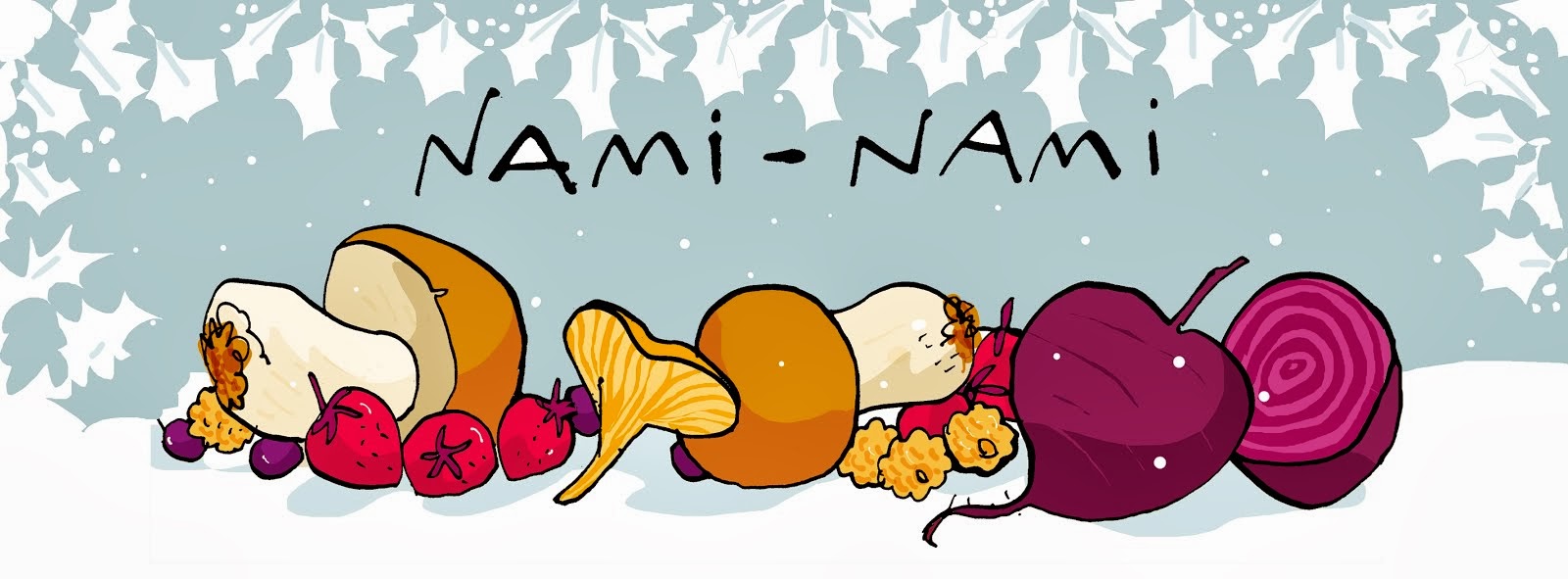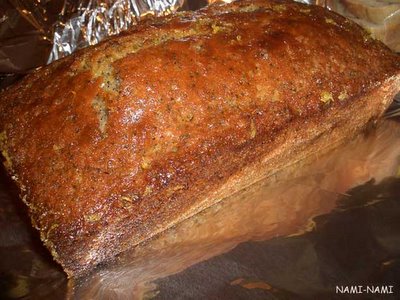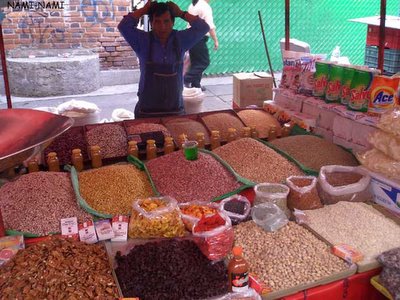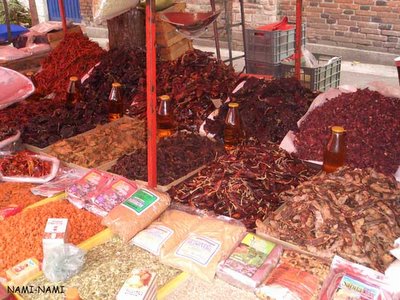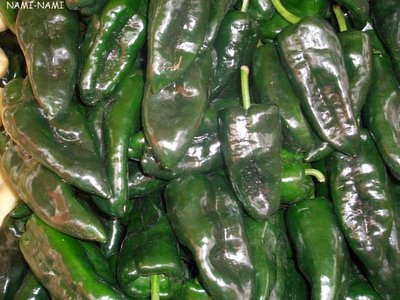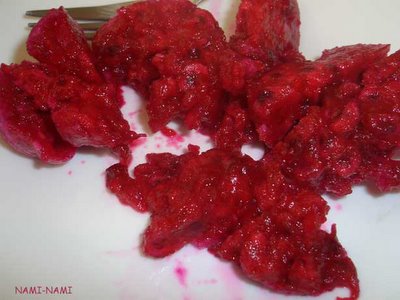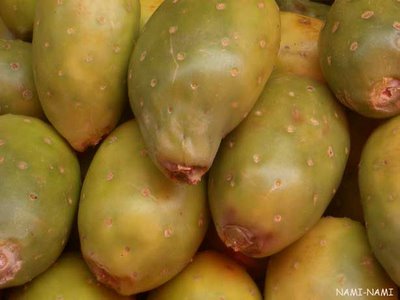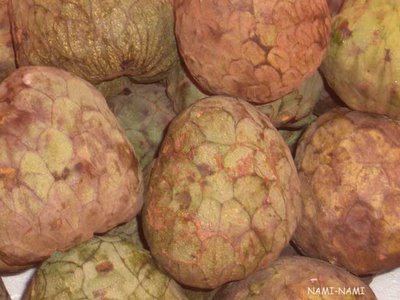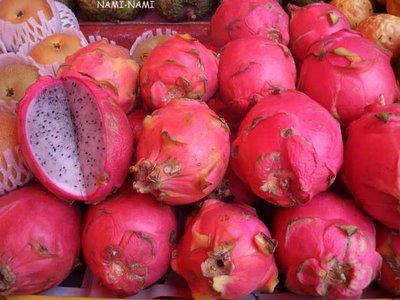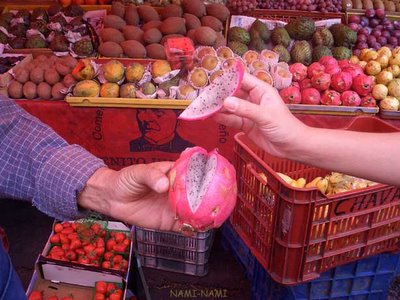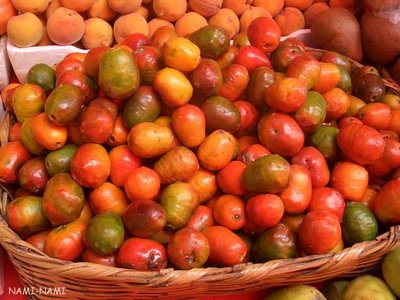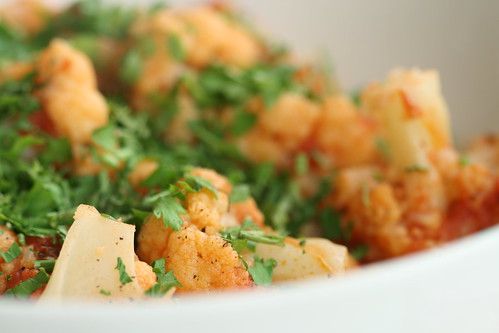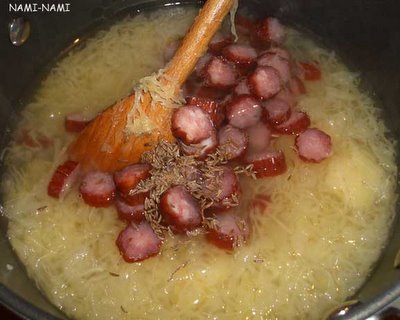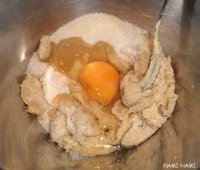
Photo updated in August 2008. I've also added gram measurements for dry ingredients in addition to volume measurements.
This is my most faithful apple cake recipe – a recipe that has been with me for a lot more than a decade. Despite having tried numerous other apple cake recipes – some fancier, some humbler, some trickier, some simpler – this is the recipe I come back to most often.
In 1978, a book was published in Estonian, called "Maailma toite" or "Dishes of the world". It was a collection of numerous recipes collected from various sources and a small number of pictures. Chapters were listed according to regions or countries, each beginning with a small introductory paragraph about what people eat in the given country. I loved the book – I liked the descriptions of foods from faraway places that I could never visit in person (or that’s how it seemed behind the Iron Curtain at the time), and reading about these foods gave me a sneak preview into the lives on the other side of than notorious ‘invisible but definitely there’ Curtain..
Once I reached my early teens, I had somehow already been bitten by the foodie bug, and I attempted cooking a number of the dishes. Some where huge successes, some were not. I can still remember the reserved enthusiasm that my Austrian carrot pure soup was met with. However, under the section "Canada" I came across a recipe for apple cake – Kanada õunakook. I fell in love with it then and there – and as I said, this has proved to be a long-term relationship. This is the cake that I bake most often. This is the cake that is often requested when we go to visit friends and relatives. This is also the cake that has caused me most embarrassment. I remember early on, my uncle J. had asked me to bring along my delicious apple cake to his birthday party. Somehow I ended up using only a third of the flour in the batter that time, but too inexperienced at the time to see that something was clearly wrong with it. The resulting cake was dense, hard and utterly bitter (the cinnamon overkill) and was sitting still pretty much untouched on the table at the end of the party. Luckily, I seem to have redeemed myself since then and restored my Domestic Goddess reputation.
As I said, this recipe was called “Canadian apple cake” in my book, and that’s how my family knows it back home. During my years in Edinburgh, I’ve shared a kitchen with quite a few Canadians (Hi! Amanda!!! :), and although they all loved it, they couldn’t really see why it was Canadian. Canadian or not, it’s a delicious apple cake..
Canadian apple cake
(Kanada õunakook)
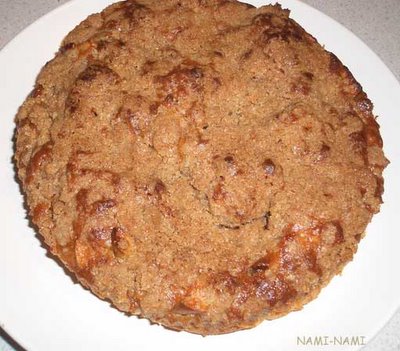
Batter:
300 ml plain flour, sifted (165 grams)
0.5 tsp fine salt
2 tsp baking powder
1 tsp cinnamon
100 ml sugar (85 grams)
1 large egg
50 grams of butter, melted
100 ml milk (100 grams)
ca 2-3 large apples, cored and cut into small cubes
Crumb:
4 Tbsp brown sugar
2 Tbsp plain flour
1 tsp cinnamon
2 Tbsp butter
Mix the dry ingredients. Mix the butter, milk, and egg, pour into the dry mixture and mix. Fold in the apple cubes. Pour the batter into buttered loose bottomed cake tin.
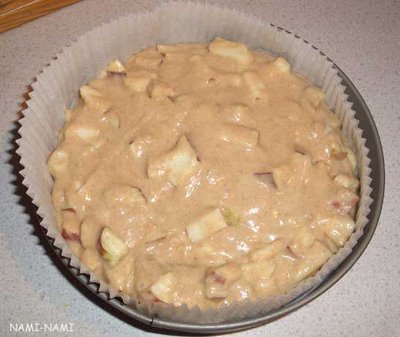
Mix the crumb ingredients with a knife, sprinkle over the cake.

Bake at 200-210˚C for 30-40 minutes, until a toothpick comes out clean and the cake is nice golden brown.
Let it cool slightly (although it’s beautiful hot with a cold glass of milk). Sprinkle with icing sugar. Serve with vanilla ice cream, creme anglaise or on its own.
The moist apple pieces in the cinnamonny cake? And the cinnamonny caramelized crunchy topping?
Mmmmmmm!! I just thought of a way to Canadize this cake a bit, and maybe even make it live up to its name. What if I’d replace the brown sugar in the crumb mixture with maple sugar??? There’s an idea for next time...
UPDATES: here are links to some other foodbloggers who have kindly tried - and liked - my apple cake:
4 December 2005: Anne over at Anne's Food
12 December 2005: Drstel at Baby Rambutan
14 December 2005: Zubaida over at Kitchen Culture
16 January 2006: Shalimar over at Wanderlust
16 January 2007: Joey over at 80 Breakfasts
14 April 2007: Nupur over at One Hot Stove
